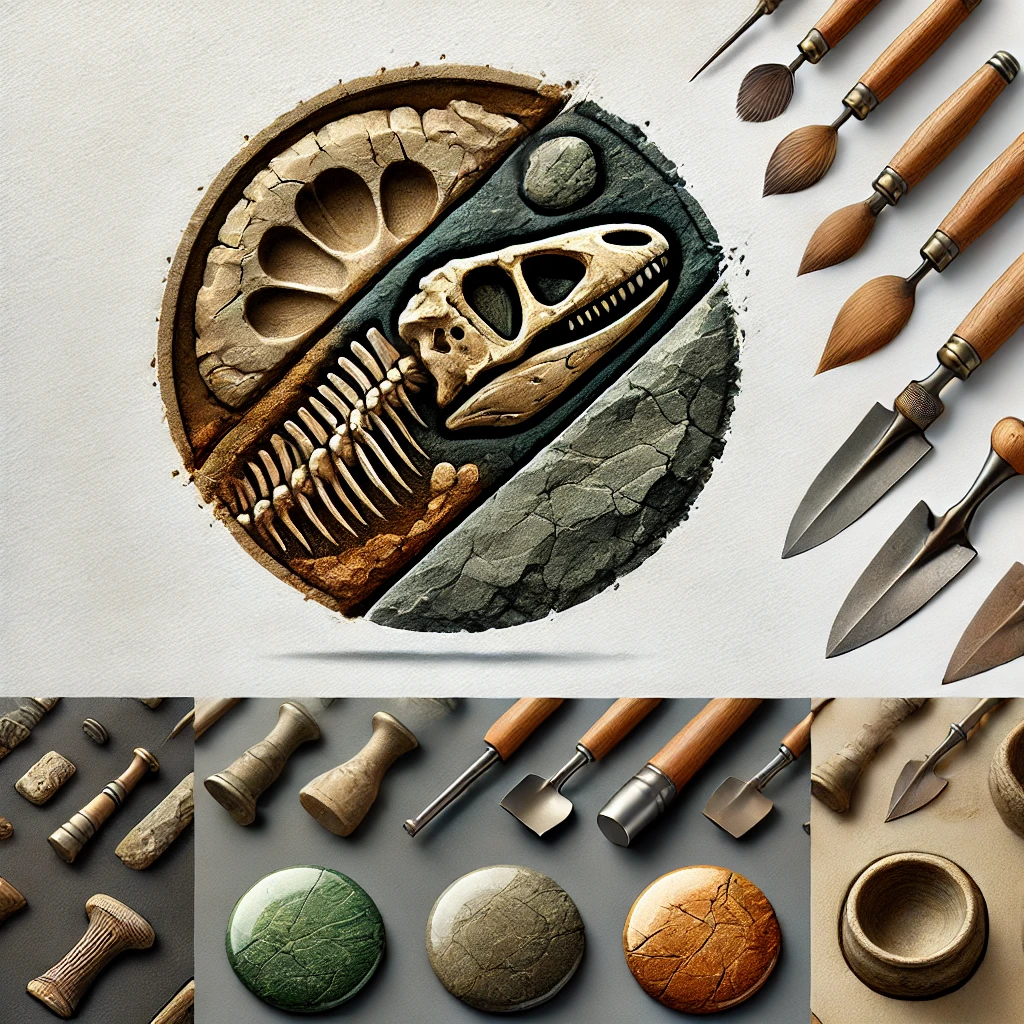Introduction: A Haunting Discovery in America’s First Colony
In 2012, archaeologists made a chilling discovery in Jamestown, the first permanent English settlement in the United States. The skull of a 14-year-old girl was unearthed, revealing gruesome evidence of survival cannibalism during the harsh winter of 1609-1610, known as the Starving Time. This discovery offers a haunting glimpse into the desperation and extreme measures taken by early settlers to stay alive.
The Importance of Jamestown in American History
Founded in 1607, Jamestown was the first successful English colony in North America. It played a crucial role in shaping the future of the United States, despite enduring disease, famine, and conflicts with Indigenous peoples.

Why the Starving Time Was So Deadly
The winter of 1609-1610 was one of the darkest periods in Jamestown’s history. With harsh weather, limited food supplies, and attacks from Native American tribes, the settlers faced extreme starvation. Out of 300 colonists, only 60 survived by the following spring.
The Shocking Evidence of Cannibalism
The remains of the young girl, referred to as Jane, were found among discarded animal bones and food scraps. Scientists determined that her body had been used as a food source by starving settlers, making this the first forensic evidence of cannibalism in a European colony in North America.
Forensic Examination of the Skull
Forensic anthropologist Douglas Owsley conducted extensive studies on Jane’s remains. He found multiple cuts and fractures on the skull, suggesting an attempt to extract soft tissues and bone marrow for consumption.
The Tools Used in the Process
Evidence suggests that at least three different sharp metal instruments were used to remove the flesh. The precise cuts indicate that this act was carried out with deliberate effort, further proving that the settlers resorted to cannibalism as a last means of survival.

What This Discovery Reveals About Early Colonists
The discovery of Jane’s remains provides valuable insight into the extreme hardships faced by the Jamestown settlers and the lengths to which they went to survive.
The Psychological and Ethical Dilemma
Faced with starvation, the colonists were forced into unimaginable choices. The presence of horse and dog bones in the same pit suggests that they had already consumed every possible food source before resorting to cannibalism.
How This Changed Our Understanding of Jamestown
Before this discovery, accounts of cannibalism in Jamestown were mostly anecdotal. Jane’s remains provided the first scientific confirmation, changing our perception of life in early colonial America.
The Legacy of the Starving Time
The Starving Time left a lasting impact on Jamestown’s history and colonial survival strategies. It highlights the harsh realities of early settlement in the New World and the resilience of those who endured it.
Archaeological Efforts to Uncover More Truths
Ongoing excavations continue to reveal new insights into Jamestown’s darkest days. Researchers hope to uncover more evidence about how settlers adapted and eventually overcame these extreme hardships.
Lessons Learned from This Gruesome Chapter
The tragedy of Jane serves as a powerful reminder of human endurance and the brutal realities of colonial expansion. It also emphasizes the importance of food security and resource management, lessons that are still relevant today.
Conclusion: A Grim but Important Chapter in American History
The discovery of Jane’s remains at Jamestown is a shocking yet crucial piece of history, shedding light on the extreme measures taken for survival. While the evidence of cannibalism is grim, it provides a deeper understanding of the challenges, struggles, and resilience of America’s first settlers. Through continued research and excavation, we gain valuable insights into the past, ensuring that these stories are never forgotten.


CÁC TIN KHÁC
Mary Walton: The Forgotten Inventor Who Helped Clean Up America’s Cities
Tomb of Queen Nefertari in the Valley of the Queens, Egypt
Discover the Hypostyle Hall of the Temple of Hathor at Dendera
Venus de Losange: Unveiling the Mystery of a 20,000-Year-Old Paleolithic Icon